Alex Mann has written a post giving us some key facts and timelines in the history of tennis racquets. Did you know that…?
The History of Tennis Racquets
One of the first types of tennis racquets was made for the game of Real Tennis or Royal Tennis. During the 16th Century, the game was played throughout France and popularised by King Henry VIII of England, who built his own court at Hampton Court Palace, London.
Real tennis was played on an indoor court surrounded by walls. The game is best described as a modern mix of lawn tennis and squash. Racquets or battoirs were originally used to play the game. They consisted of wooden paddles with long handles and an oval head. Players later began to use a real racquet with gut strings and a tear-drop-shaped head, not too dissimilar to the early lawn tennis player racquets.
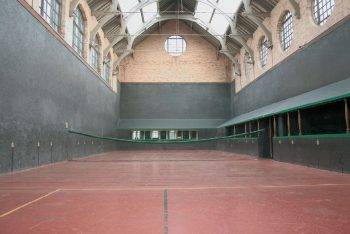
In 1874, the first lawn tennis racquet was manufactured in London by Major Walter Clopton Wingfield. The racquet was made of solid wood and wrapped with a leather grip. As lawn tennis grew, racquets began to be made from timber such as ash wood, given its ability to bend into shapes and its toughness.
From 1947, racquets were made from more flexible laminated wood. The laminated wood also allowed paint and decals to be added to the racquet. Major tennis brands like Slazenger, Dunlop, and Wilson could now distinguish their racquets from their competitors.
Iconic woodies
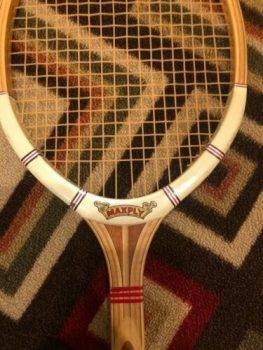
The Dunlop Maxply Fort and the Wilson Jack Kramer were two of the most iconic wooden racquets. The Maxply Fort was used by both Rod Laver and John McEnroe during their career, while Arthur Ashe and Billie Jean King wielded the Jack Kramer.
Although metal racquets had been constructed and demoed since the beginning of the 20th Century, they were extremely heavy. Hence, most tennis players continued to use lighter, wooden counterparts. In 1957 René Lacoste patented the first steel racquet. The racquet had a thin beam compared to the wooden racquets and, with its large head size, possessed an unseen amount of power.
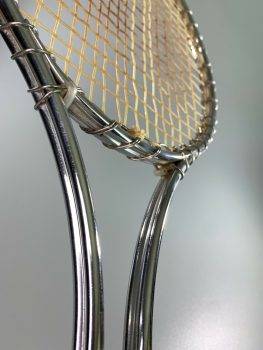
In the late 1960s, Wilson bought the rights to Lacoste’s racquet, and the first commercial steel racquet was released.
Billie Jean King and Jimmy Connors quickly adopted the Wilson T2000. Both King and Connors won multiple major titles with the new racquet. However, by the 1970s, Billie Jean King decided to return to her familiar wooden racquets.
Wooden tennis racquets were manufactured until the 1980s
Wooden tennis racquets continued to be manufactured until the 1980s, when metal racquets became the most common tennis tool. When Yannick Noah and Chris Evert won the men’s and women’s French Open singles titles in 1983, they became the last players to win a major with a wooden racquet.
Improvements in the development of metal racquets meant that the heavy steel and aluminum racquets began to be manufactured with lighter, more arm-friendly materials.
In the late 1970s and early 1980s, tennis brands such as Dunlop began using graphite for manufacturing their racquets.\ Graphite racquets improved the stability and responsiveness of the previous metal ones. Not only were they easier to swing, but they also produced adequate power.
Graphite enters the arena
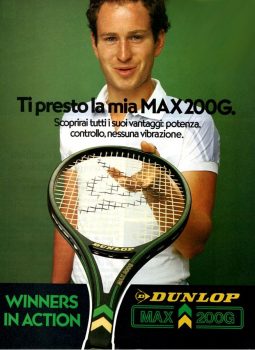
Dunlop developed the Max 200G, which was the first tennis racquet to be manufactured using graphite injection moulding.
Steffi Graf wielded the racquet during her historic 1988 season, where she won the Golden Grand Slam (winning all four major titles and the Olympic Gold medal in the same year). Since the move to graphite, the base material used to make tennis racquets has changed very little.
Andy Roddick powered his way to the 2003 US Open title with the help of his Babolat Pure Drive racquet, a racquet which is still frequently used by many club players today.
However, what has changed in the 21st Century is the weight, size, length, and ability to customize the racquets.
How a modern tennis racquet is made
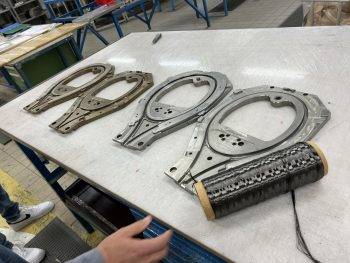
To manufacture a graphite tennis racquet, strands of graphite are coated with resin before being wound onto a spinning drum to form a sheet. Graphite sheets are cut into different-length strips for the varying parts of the racquet. Layers of the sheet strips are placed on top of one another to create a thicker, more durable material.
The pliable graphite strips are then wrapped around a tennis racquet template to form the basic shape of a racquet. Additional layers of graphite are also added to strengthen the racquet.
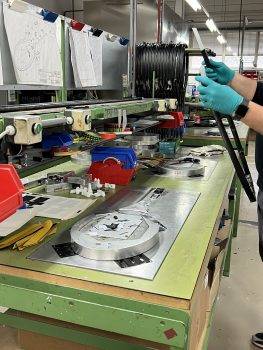
The racquet is then placed in a mold and taken through a heating process to harden the graphite. Pressurized air is injected into the racquet to create a hollow core.
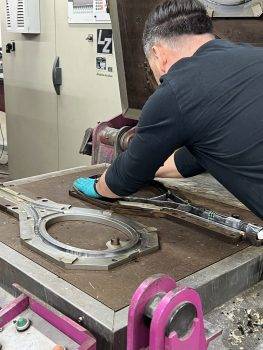
After around 20 minutes of heating, the racquet is ready to be removed from its mold. The racquet is thoroughly sanded to remove rough edges and excess material and create a smooth surface.
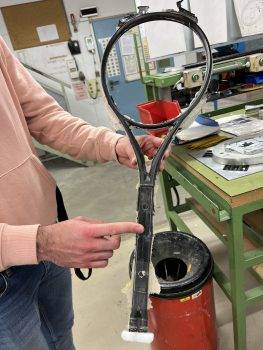
The hollow core of the racquet is filled with foam to strengthen and stabilize the racquet for maximal performance. It is then inspected to ensure all specifications are correct and to maintain the quality of the racquet.
The racquet’s string holes are drilled and ready for painting. Layers of paint are sprayed onto the racquet and decals are added to give it its unique design.
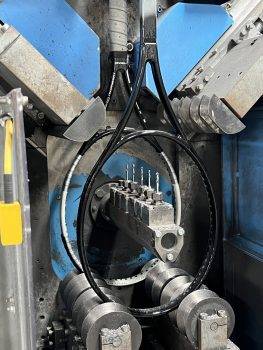
Final quality checks are conducted to make sure the racquet is ready to be used on court. Grommets and the handle pallets are then added before the racquet is gripped. Some racquets are then strung using factory strings, while some are left unstrung.
The racquet is then ready to be packaged and shipped to tennis suppliers across the world. Such as our friends at Tennis Warehouse.
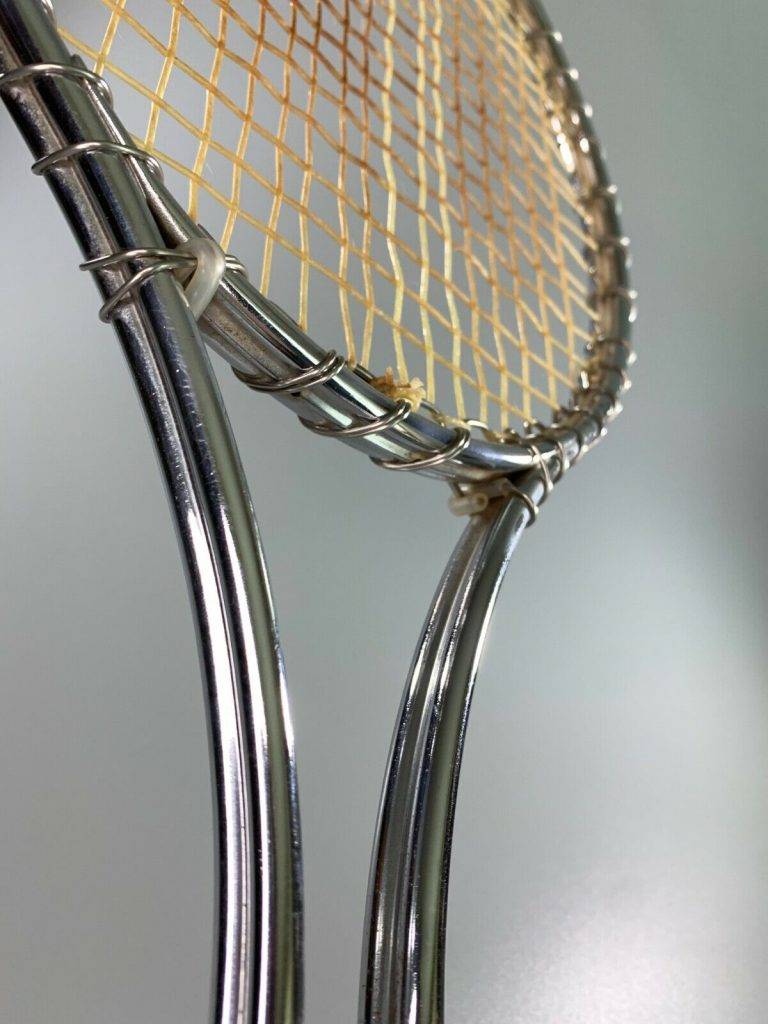
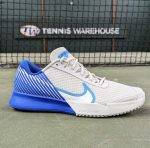
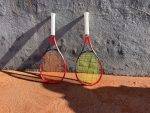

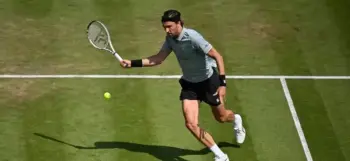
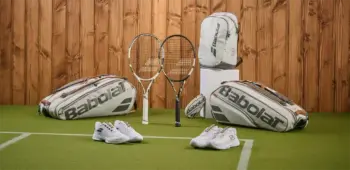





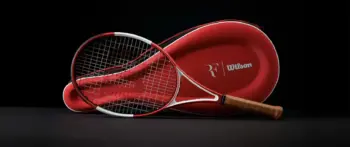




Wow! This was a good start! It’s your blog so you can do whatever you want but I’m surprised that you left out huge events in the history of the tennis racquet. You skipped the role of Prince and the innovations that Steve Davis made. You ignored the brief period when Yamaha came on the scene making the best tennis racquet ever made. The Yamaha Secret 04. Yannick Noah won the French Open with that racquet. It’s a tank with a stiffness rating of 78. They haven’t matched it yet. It plows through balls and you don’t feel a thing.
So many other stories to tell. Surprised you left them out but then again Tennis Warehouse is your sponsor. They helped kill the great local tennis shops where the owners cared more for the game than these corporate monsters ever will. It’s a shame really. I had the sad misfortune of watching 5 great tennis store owners lose their businesses in the course of 10 years. They sponsored our local teams, local players and gave a place for fellow tennis players and fans to convene in a healthy way.
Yet many wonder why our society is unraveling. It’s pretty obvious why. Corporate monopolies are not what made this country great. We need the Adam Smith capitalism that made this land so great. That’s true capitalism. But I certainly have digressed. Forgive me.
Muy Bueno!
nice article